Beretta is undoubtedly one of the most famous firearms manufacturers, but you may not realize how long the company has actually been around.
With a history going back almost 500 years, Beretta is the oldest manufacturing firm in the world.
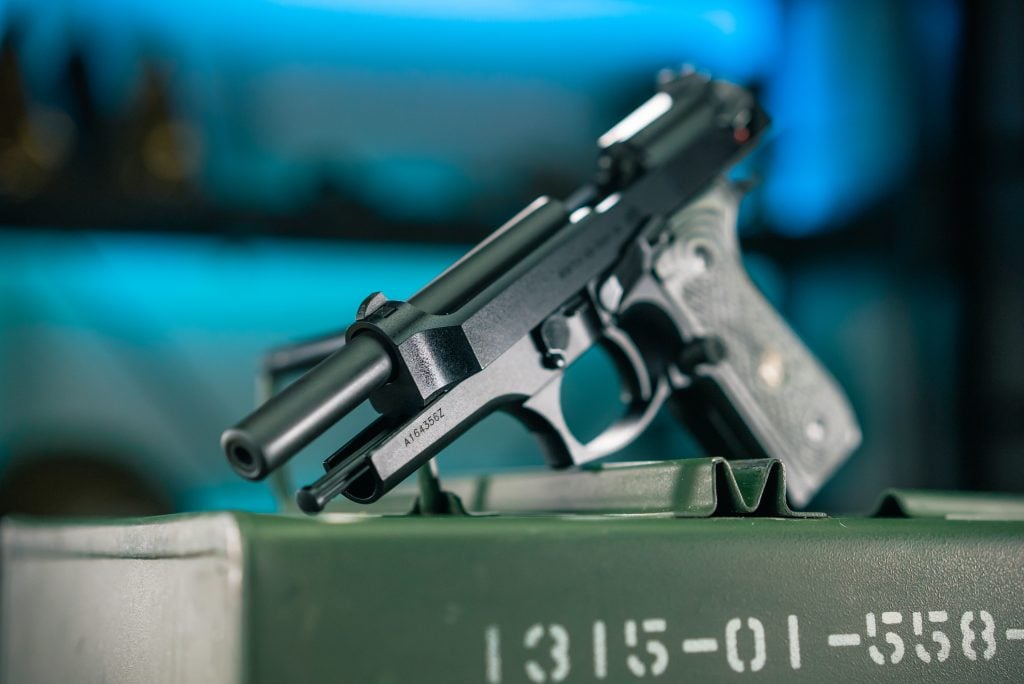
Not just the oldest manufacturer of firearms….the oldest manufacturer, period.
To help you get an idea of that timeline, here are some things younger than Beretta:
- William Shakespeare
- Colonies at Roanoke, Jamestown, and St. Augustine
- Gregorian calendar
- Michaelangelo’s painting of St. Peter’s Basilica
- Galileo and, by extension, the Scientific Revolution
- The British East India Company
- Thermometer
- Graphite pencils
And to give you an even better idea of that timeline, we’re going to talk about Beretta’s history across those 500 years — from its start in Italy to the international acclaim Beretta possesses today.
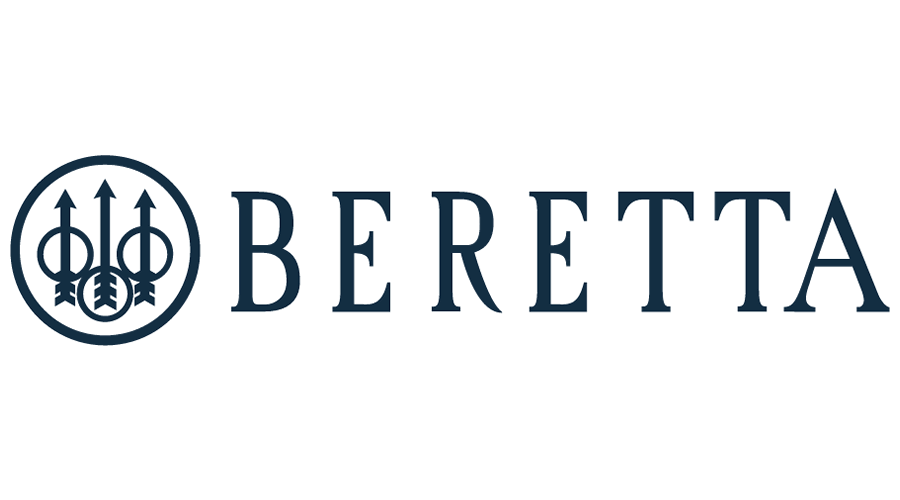
Let’s start at the beginning.
Table of Contents
Loading…
The Early Years
The Beretta company was born in the town of Gardone Val Trompia in northern Italy, which was at that time part of the Venetian Republic.
Known for its hills rich in iron ore, that region became famous for iron smithing starting in the Middle Ages.
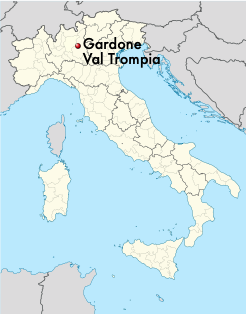
According to Beretta, the Beretta family has been working iron in the area since the 1400s.
However, Beretta’s first recorded transaction occurred in 1526 when master gun barrel maker Bartolomeo Beretta sold 185 arquebus barrels to the Arsenal of Venice for 296 ducats.
What’s an arquebus? A heavy musket that required supports for use.
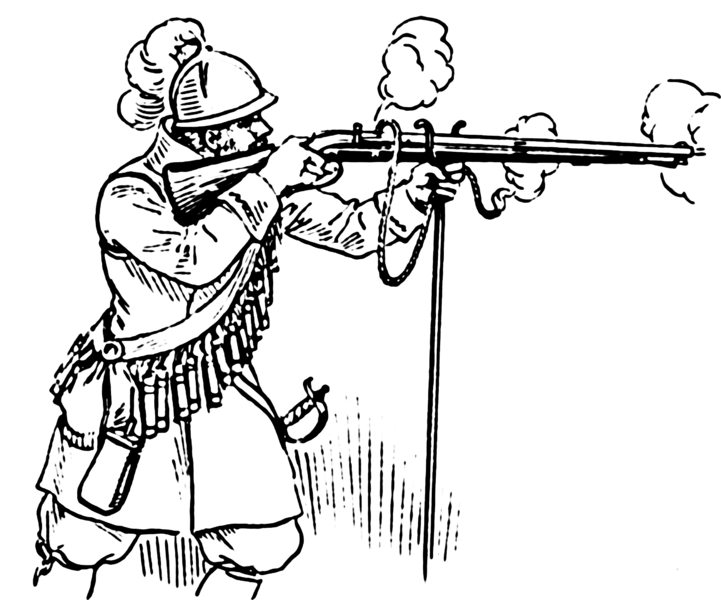
Because that’s the oldest documented transaction, 1526 is used as the company’s official start date.
Bartolomeo passed the business down to his son, Jacopo Berretta, who passed it down to his son, Giovannino Beretta. In trun, Giovannino bequeathed the company to his son Giovan Antonio Beretta.
Meanwhile, Giovannino’s cousin, Lodovico, became a manufacturer of gun locks.
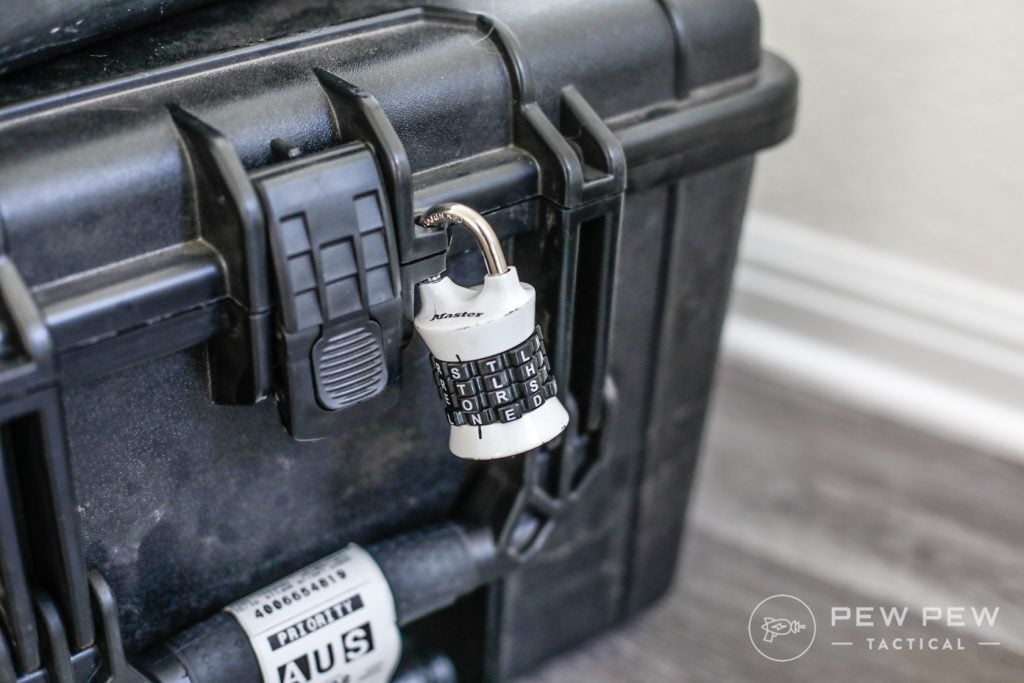
By 1698, the Beretta family was Gardone’s second-largest gun barrel producer — producing 2,883 barrels that year.
However, during the 1500s and 1600s, Beretta dealt with exporting bans (which included gun barrels), which hurt business.
Though the guild system was at its peak in the Venetian republic at this time, these exportation bans caused merchants and craftsmen to oppose it.
Fortunately for them, when Napoleon took over the Venetian Republic in 1797, he outlawed the guild system. This gave businesses more freedom in how they operated.
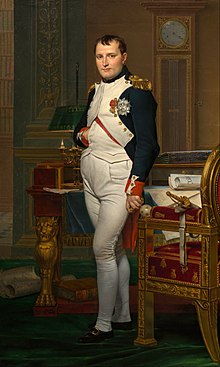
Ultimately, this provided Beretta the opportunity to grow in the centuries that followed.
Beretta in the 19th century
Starting in the middle of the 18th century, the muskets Beretta made barrels for took a nosedive in popularity.
In response, Beretta pivoted to different types of barrels.
For the first decade and a half of the 19th century, Beretta supplied barrels for a firearms factory in Brescia, a nearby city.
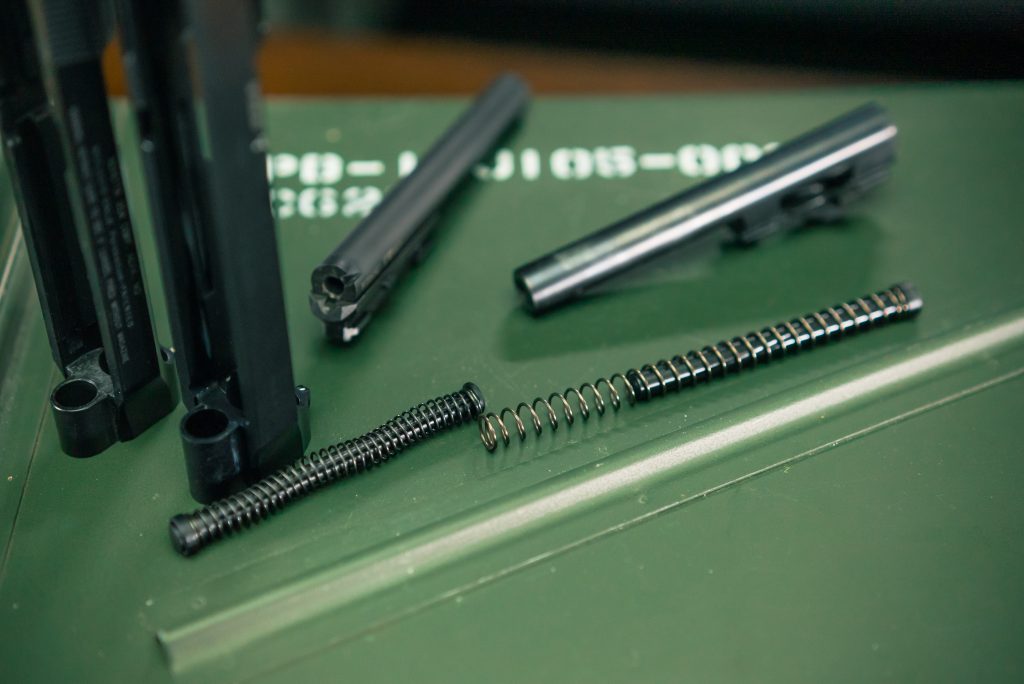
But, after the defeat of Napoleon in 1815, Beretta tapped into the Austrian market for military weaponry.
In that same year, Pietro Antonia Beretta traveled around Italy, meeting various gun dealers and establishing business relationships that would help the company expand dramatically in the 19th century.
In 1832, Pietro officially named the manufacturing firm Fabbrica d’Armi Pietro Beretta — the name the company officially carries to this day.
Like the other Berettas before him, Pietro passed the firm down to his son, Giuseppe. He continued his father’s work expanding the company by traveling Europe to create more business connections.
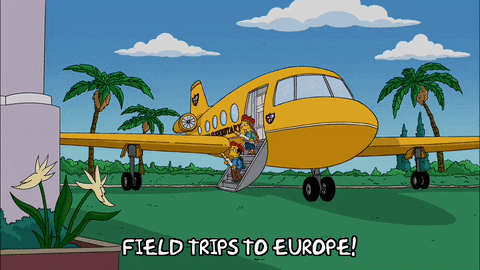
Giuseppe also pushed the company into creating whole guns, not just barrels, for the first time ever.
While the focus had previously been on military weaponry, Giuseppe recognized the value of offering sporting guns for civilians.
These moves allowed the firm to expand even more under his leadership.
For comparison, in the mid-1880s, Beretta produced 300 guns a year at most. But under Guiseppe’s leadership, Beretta produced 8,000 guns in 1880 alone.
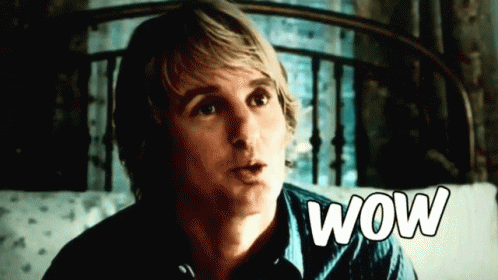
The company’s popularity skyrocketed so much that in 1899, Giuseppe had the Beretta Hotel constructed in Gardone.
This hotel provided a place for international visitors to the firm’s factory to stay.
Beretta in the Early 20th Century
In 1903, Giuseppe passed and his son, another Pietro Beretta, took over.
Like his father and grandfather before him, Pietro oversaw the expansion of the Beretta brand.
Under Pietro, Beretta hired Tullio Marengoni, a firearms inventor.
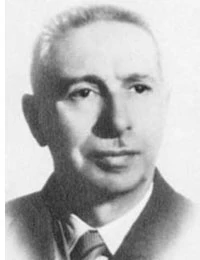
Marengoni designed the Beretta Model 1915 automatic pistol, which Beretta manufactured for the Italian Army during World War I.
He’s also believed to have designed the world’s first submachine gun, the Beretta Model 1918.
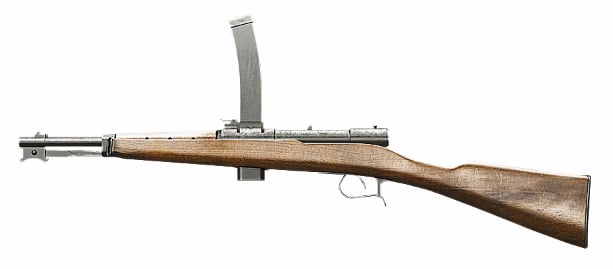
By the time the war ended, Beretta’s production had reached over 4,000 Model 1915s each month.
Pietro also expanded the staff working at Beretta. In 1917, the company had just 130 employees, but by the time the war ended the company boasted 1,000.
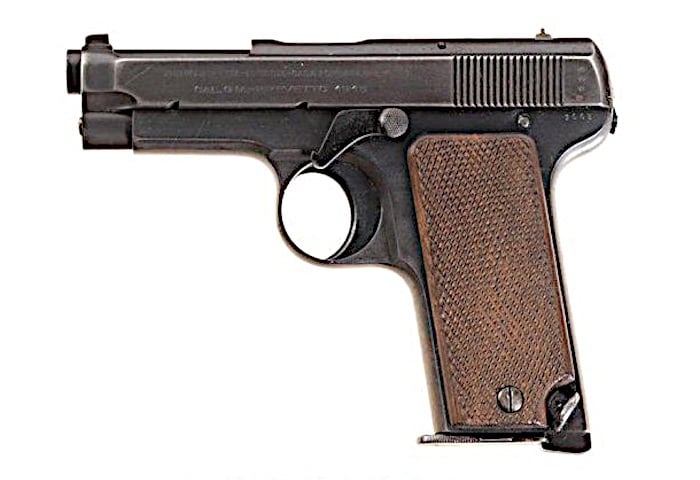
Pietro also built a hydroelectric plant to power the company’s factory. This meant Beretta no longer relied on public power.
World War II also impacted the company in a major way.
Again, Beretta manufactured arms for the Italian military, including the Beretta BM-59 rifle (based on the M14 but more accurate under some conditions).
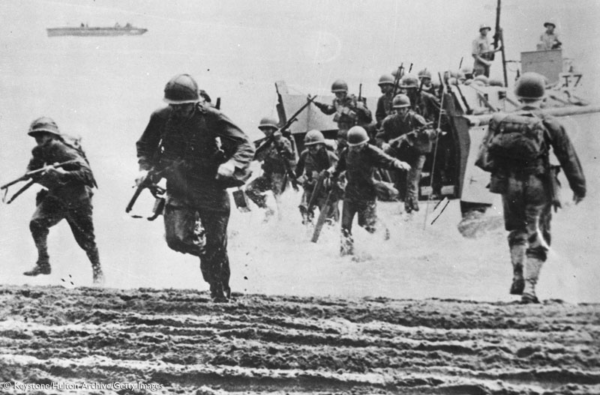
They continued supplying the Italian military with weaponry right up until German troops took over the plant in 1943.
Before the Germans marched in and in conjunction with their own manufacturing, Beretta also repaired M1 Garands the U.S. supplied to Italy.
Towards the end of the war, Pietro was held hostage by Nazis but was freed by partisans.
After WWII, Beretta once again manufactured weapons for the Italian military, as well as Italian police.
They also briefly expanded into vehicle production, including the Beretta-Benelli-Castelbarco automobile. In addition to owning MI-VAL, a motorcycle company, for a short time.
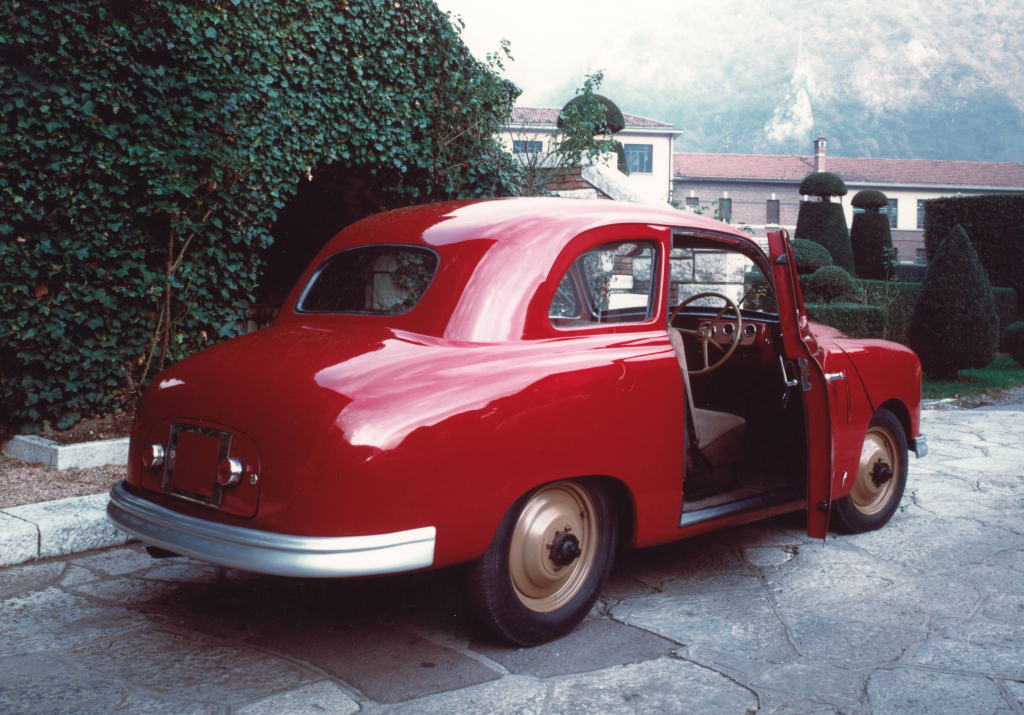
International Expansion
In the early 1950s, Beretta adopted the now-iconic three arrow logo.
A few years later, in 1956, Italian trap shooter Galliano Rossini won a gold medal at the Melbourne Olympic Games using a Beretta shotgun – a first for the company…not the last.

Berettas would win additional Olympic medals in Rome (1960), then again in every summer Olympic game since Munich (1972).
But I shouldn’t get ahead of myself. Let’s take a step back real quick.
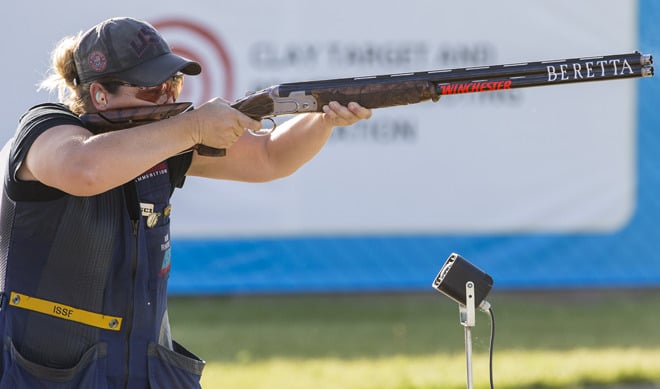
In 1957, Pietro died, passing the company on to his sons, Pier Giuseppe and Carlo.
Pier Giuseppe served as chairman of the company’s board. In the period that followed, Beretta would achieve more international fame than ever before.
Upon taking control, Pier and Carlo made strong efforts to create distribution partnerships for their sporting arms with other countries, including France, Greece, and the United Kingdom, in the 1960s.
In the 1970s, Beretta opened a manufacturing plant in Brazil to manufacture Beretta 92s for the Brazilian military.
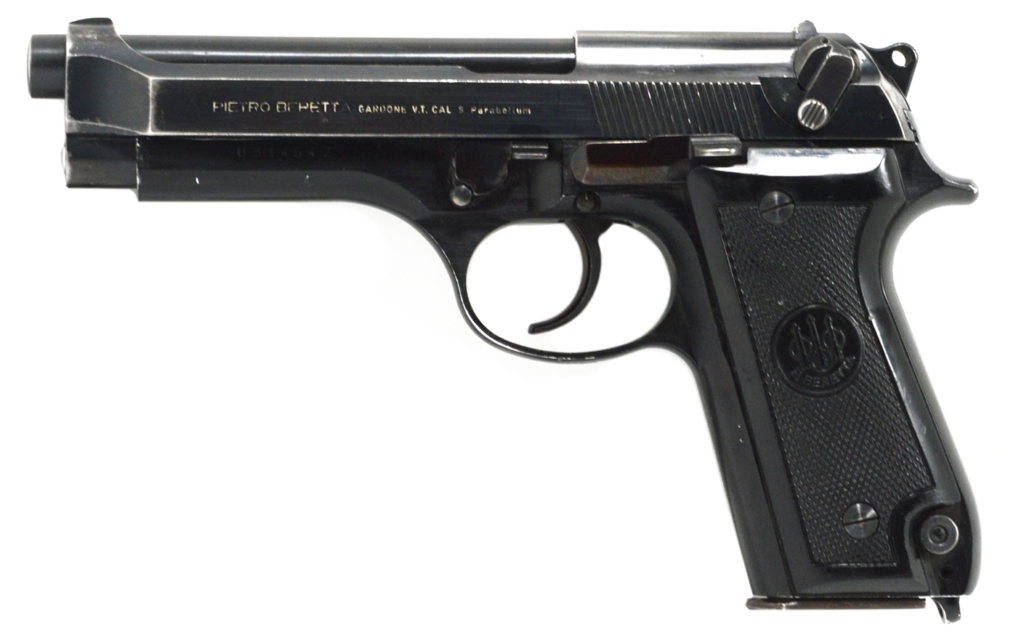
However, Beretta sold this plant to Taurus in the 1980s to focus on expanding into the United States.
Taurus still owns and operates this plant to manufacture the PT92 using the exact same equipment that Beretta first placed in it.
Beretta had already sold products in the U.S. for decades, but in 1977, the company established Beretta U.S.A.
Opening a factory in America allowed Beretta to expand U.S. sales, and just in time too.
Because in 1985, the U.S. military awarded Beretta a contract with the Army, Navy, Marine Corps, and Air Force to produce a half-million Beretta 92FS pistols under the M9 designation.
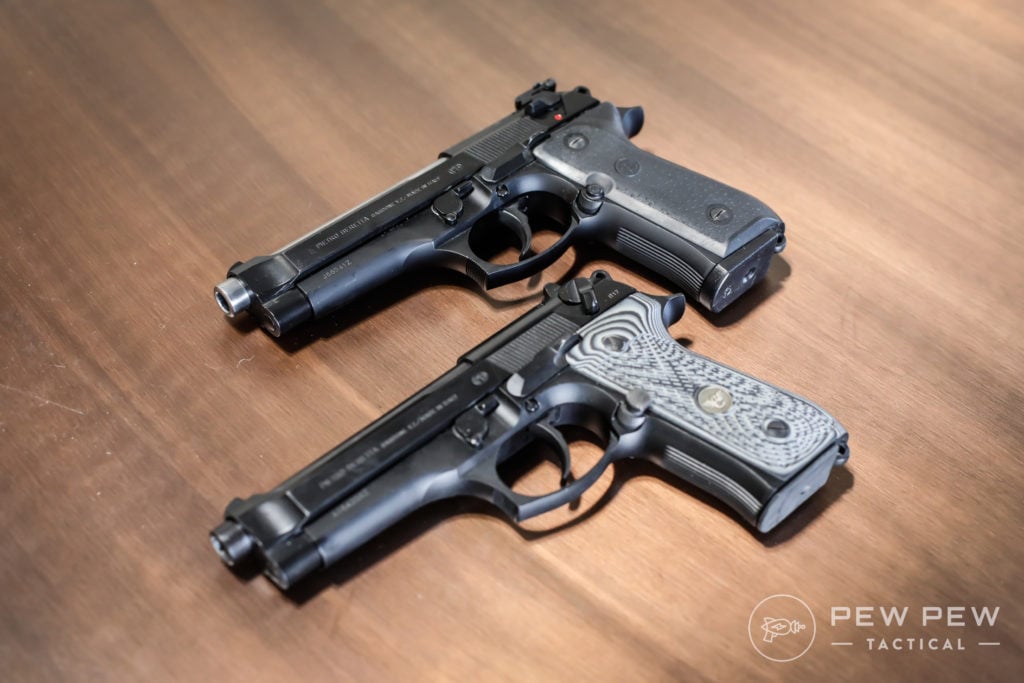
The M9 would be used as the standard sidearm of the U.S. military, replacing the venerable Colt .45.
However, a stipulation of the contract required the pistols to be produced in the U.S. Thus, their new stateside factory became incredibly useful.
Beretta had already gained notoriety in the States, in part due to its appearances in films like Dr. No. But the new military contract caused Beretta’s popularity to soar, as often happens when the military selects a firearm.
Beretta pistols popped up in major films, such as Lethal Weapon.
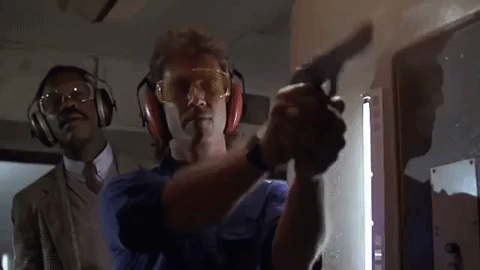
At the same time, various law enforcement agencies followed the military’s lead and adopted the commercial version of the Model 92, the Model 92-F, for themselves.
It wasn’t just the U.S. that suddenly sought Berettas, though.
Following the military contract, Beretta would also sign contracts with the French National Gendarmerie and Air Force, the Spanish Guardia Civil, and the Turkish Police Force for 92 series pistols.

Civilians also bought up Beretta pistols for their own defensive and recreational purposes.
By 2000, to keep up with demand, Beretta opened up additional factories in Italy and Spain.
Legal Troubles
With that new fame, however, came challenges to the brand’s name.
In 1987, Beretta sued General Motors after the latter brand introduced the Chevrolet Beretta car.
Fortunately, the companies worked out a settlement where GM could use the Beretta name in exchange for giving a half-million dollars to the Beretta Foundation for Cancer Research and Treatment.
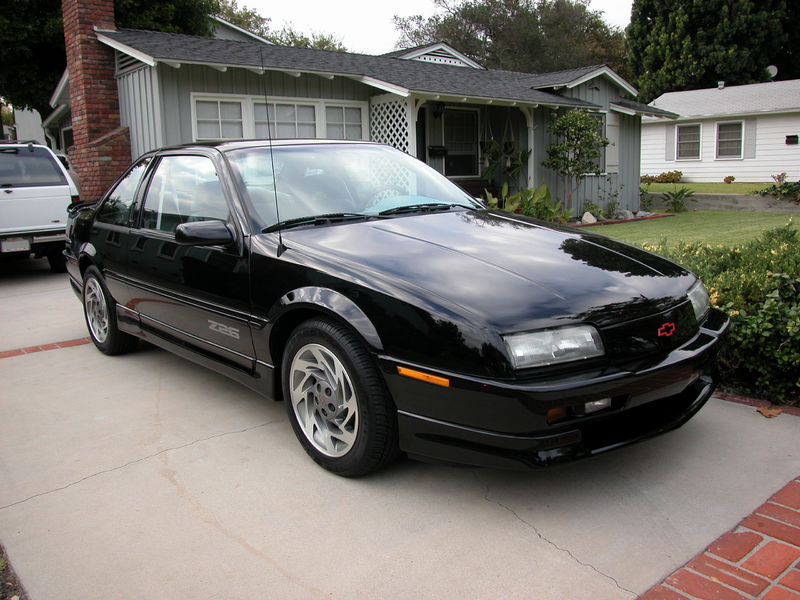
After licensing with Western Arms, a Japanese toy gun manufacturer, Beretta had to sue five other Japanese toymakers for making their own toy versions of Beretta guns.
Meanwhile, bootleg production of Berettas also became an issue, especially in Asia.
Protecting the brand wasn’t the only legal issue that Beretta faced, though.
In 1998, just five years after Ugo Gussalli Beretta became the company’s president, Beretta was unsuccessfully sued by the family of a 15-year-old boy who accidentally killed himself while playing with a Beretta pistol.
And a year later, Beretta USA was one of three companies forced to pay more than a half-million dollars in damages to a shooting victim in New York.
Beretta Today
However, those legal issues weren’t a significant setback for Beretta, and the company’s been growing steadily since the turn of the century.
Though best known for their semi-auto pistols, Beretta also offers a wide range of shotguns, rifles, revolvers, and submachine guns.
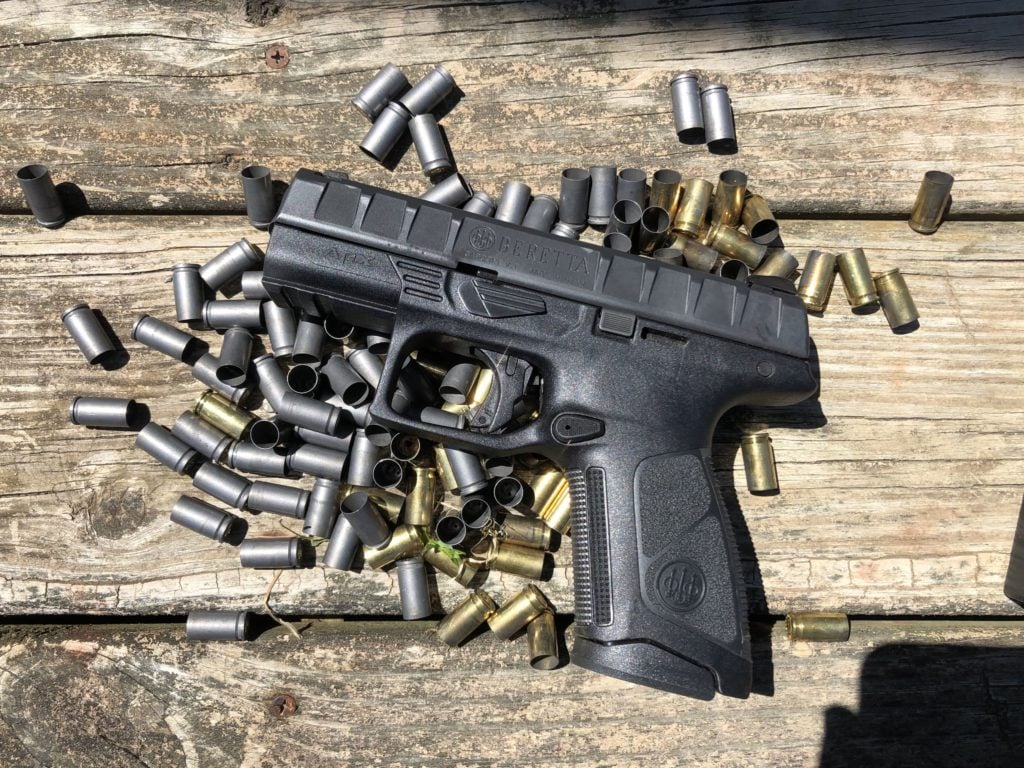
They’ve even expanded into firearms-related products, including apparel, clay targets, and other outdoor sporting gear.
Since the initial contract in 1985, Beretta continued to provide U.S. armed forces with series 92 pistols through additional contracts.
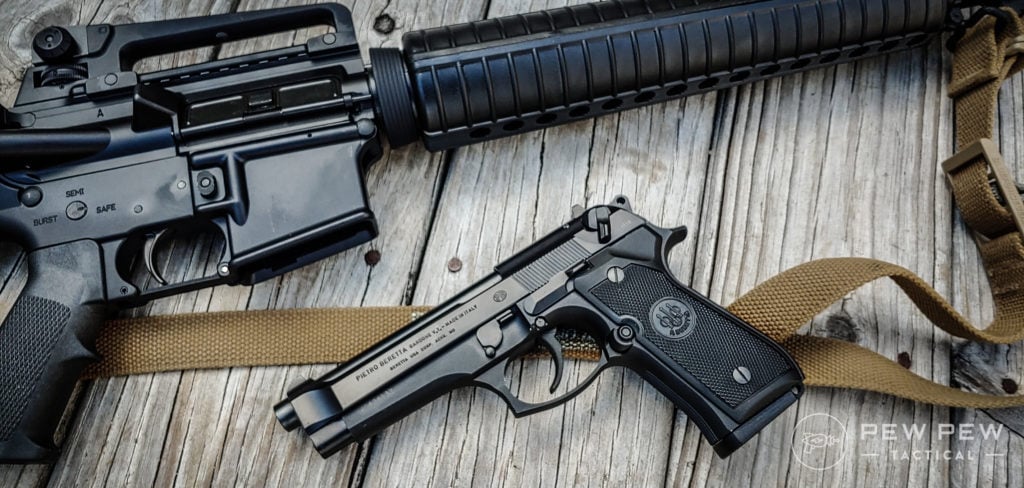
That includes the largest military handgun contract the U.S. has made post-World War II, with an agreement in 2009 to supply 450,000 92FS pistols.
The Beretta M9 continued as the military’s standard sidearm until just a few years ago when the Sig Sauer P320 replaced it.
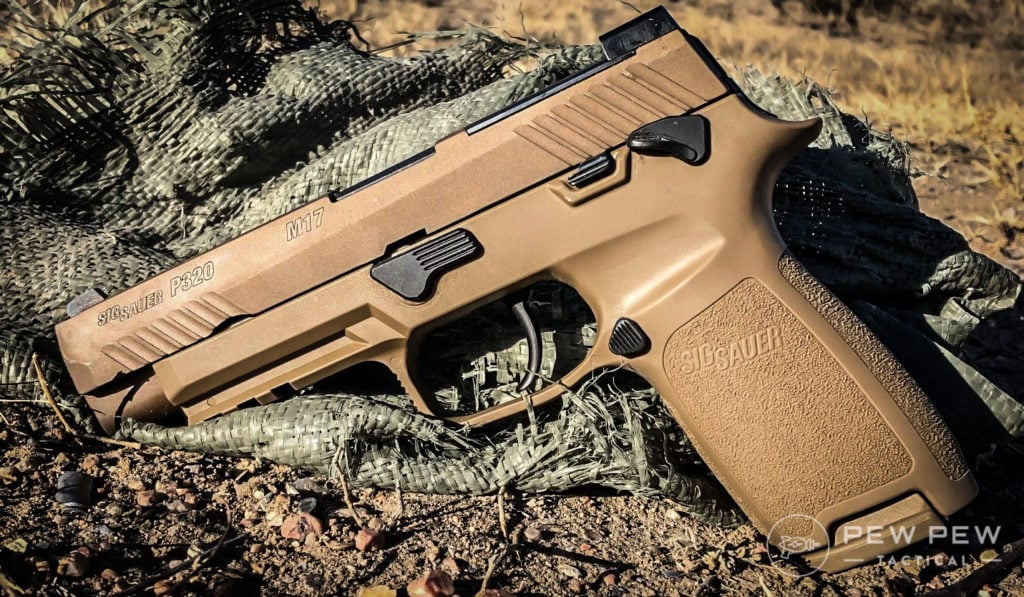
Baretta’s parent company, Beretta Holdings, has also acquired several other firearms companies, both within Italy and abroad — including Benelli, Uberti, Tikka, Franchi, and Burris Optics.
In addition, Beretta moved into new markets, like China, Turkey, and other countries within the former Soviet Union.
Only time will tell how much success Beretta will find in these countries, but we can probably expect the best based on the company’s track record.
Prices accurate at time of writing
Prices accurate at time of writing
-
25% off all OAKLEY products - OAKLEY25
Copied! Visit Merchant
Conclusion
Despite almost 500 years of production, Beretta is still owned and operated by the Beretta family 15 generations later. It’s also still headquartered in Gardone, Italy, though factories exist around the world.
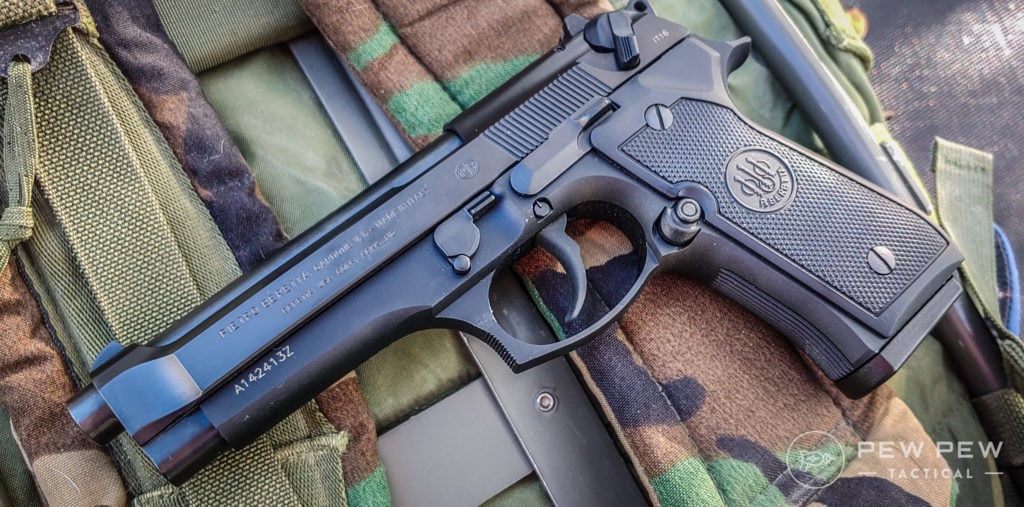
No matter where in the world a Beretta firearm is made, Beretta’s master craftsmen use both centuries-old techniques and cutting-edge technology to continue to create the firearms that have made Beretta famous.
Did you learn anything new about Beretta? Let me know in the comments. To read more on Beretta’s most famous gun, be sure to check out our Beretta 92FS Review. For more gun maker history, check out the History of Glock.

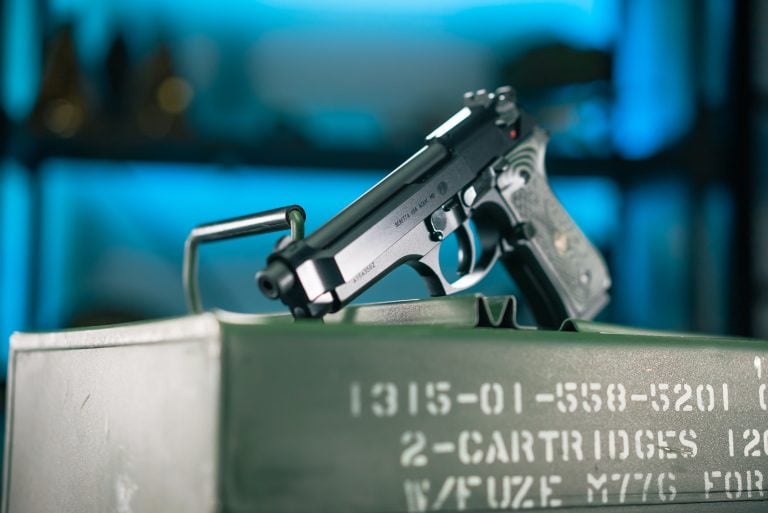
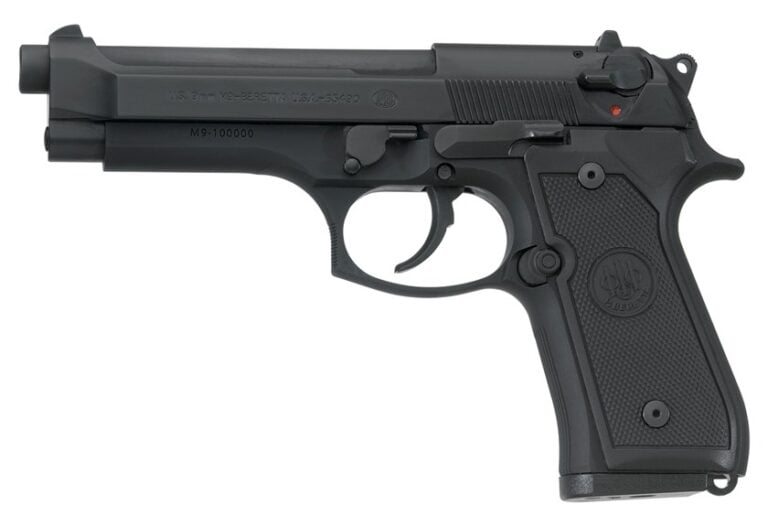







9 Leave a Reply
In 2024 I purchased a Beretta Parallelo EL Tatarugato, an enhanced round-bodied iteration of the 486. It is a superb 20-gauge and a tribute to Beretta's centuries-long gun making excellence. The company's motto--Five hundred years, one passion-is truly reflected in this shotgun.
I recently purchased a Beretta Cardone 1934 .22LR rifle that looks like a military 6.5 carbine. It has the magazine , sling mounts, etc. but the magazine doesn't function and the action has been converted to fire a single shot .22 LR........ [sn # 1111] I can't find any information on this rifle anywhere....can you help ??
Great article. Being somewhat new to the firearm world, I enjoy the history articles presented. Keep them coming. Thanks.
"Pietro also expanded the staff working at Beretta. In 1917, the company had just 130 employees, but by 1917 boasted 1,000."
1917 - 130, 1917 - 1000? Somethings not right.
Thanks for catching that! It's been corrected.
Beretta is the oldest ACTIVE manufacturer of firearm components in the world.
Also Tikka is owned by Sako, which is owned by Beretta. Beretta also just bought Holland & Holland.
Beretta.....goes "BANG" every time.....
Just a minor nitpick, but the BM-59 was based on the M1 Garand, not the M14
Great write-up. As a Beretta owner it was nice to get the scoop behind the brand.